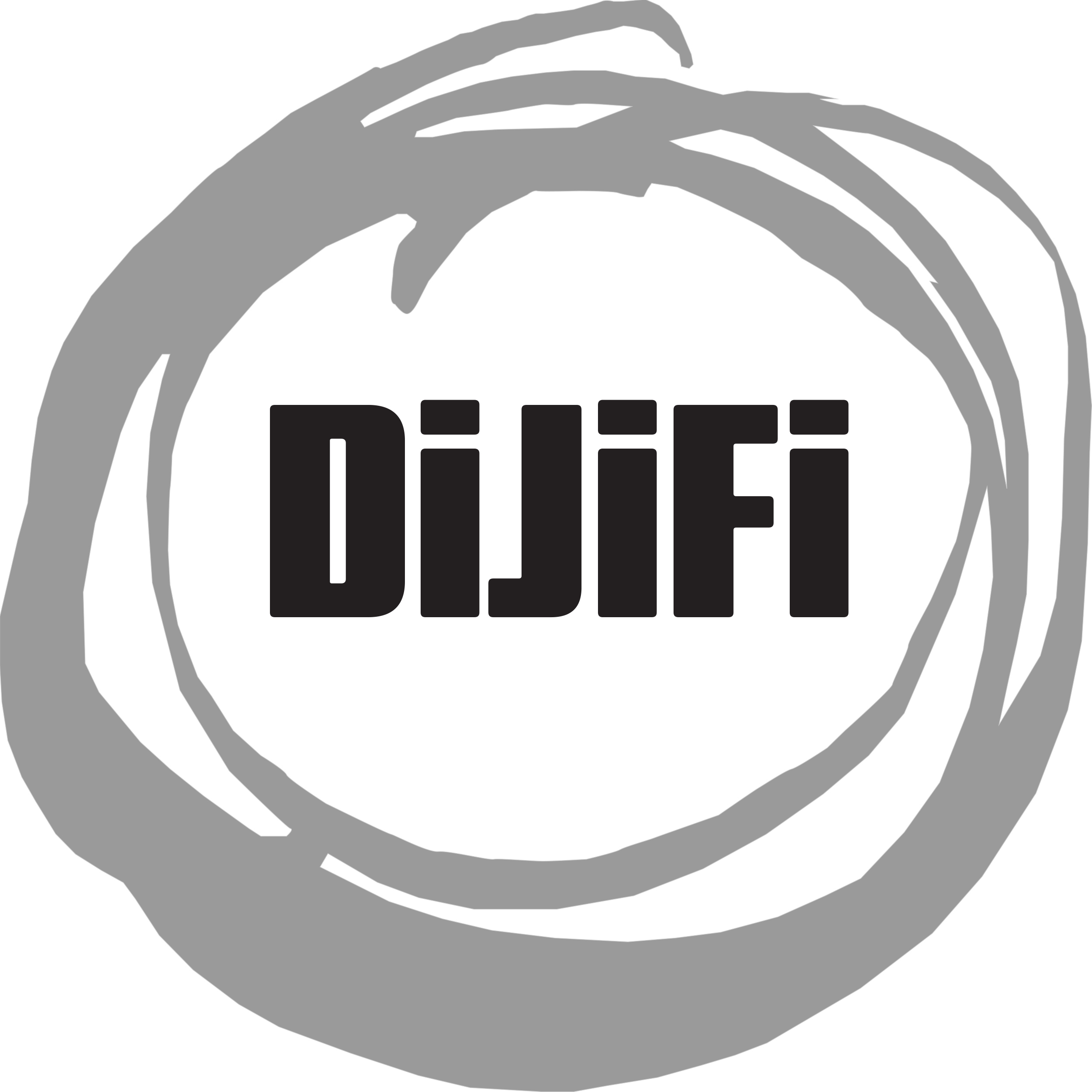Why Analog to Digital Conversion Is Necessary
In an increasingly digital era, many multi-media devices can only process digital audio. Smartphones, tablets, and computers may require the conversion of analog audio input to digital output before transmitting.
We know that change is inevitable, but why is analog-to-digital conversion necessary? Continue reading to discover these forms of audio and the challenges you may encounter over time if you don’t convert the audio.
Why Convert Analog To Digital?
To elaborate on this concept, consider the following scenario. You’re an artist with personal mixtapes and vinyl records of unreleased music and are searching for a storage practice that safeguards your property. While storing music in its physical format isn’t uncommon, sometimes, it isn’t the most practical method to preserve it.
A couple of concerns may arise from storing albums and cassettes. The sound on these forms of audio may experience distortion after undergoing repeated use throughout the years.
On the other hand, you may misplace the physical record during a move or purge, leading to data loss. Fortunately, digital conversion allows you to enjoy audio files in their original quality without relying on a physical copy.
What Are Some Advantages of Digital Audio Files?
Analog-to-digital conversion has its benefits! Analog audio tends to degrade over time, often including noise and distortion that can ruin listening quality. Digital files have repeatability and are immune to degradation, meaning the data will allow infinite copies without affecting signal quality.
Digital audio files can also enhance frequencies, stimulate reverberation, and change pitches, enhancing the overall sound of a file. Additionally, digital files don’t occupy much space, allowing for easier sharing and accessibility online.
How Do Professionals Convert Files?
Analog audio often begins in the air as waveforms; they require an electrical representation from a transducer like a microphone. To achieve digital audio, experts would convert analog audio signals into electrical signals.
Encoding analog audio sources into digital counterparts may require a sampling frequency and the number of bits used in the samples.
Whether it’s voice or another natural signal depicted in our physical world, you can expect to encounter analog data everywhere. However, data processing relies on digital signals to properly format audio and information, explaining why analog-to-digital conversion is necessary.
With their faster storage and processing features, digital signals can be immune to noise interference, making it an easier and more efficient solution for audio files.
When it comes to digitizing reels, cassettes, vinyl, and more, our team at DiJiFi offers premium service. Our cassette-to-digital conversion service covers file processing to other formats and bitrates; we also transfer records and tapes to their own files. For more information, please contact us today!

